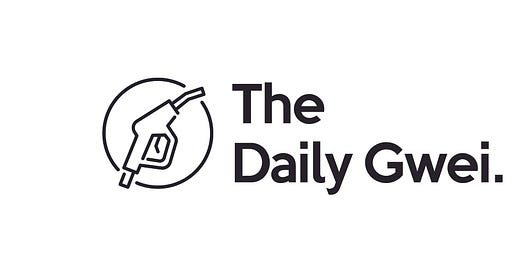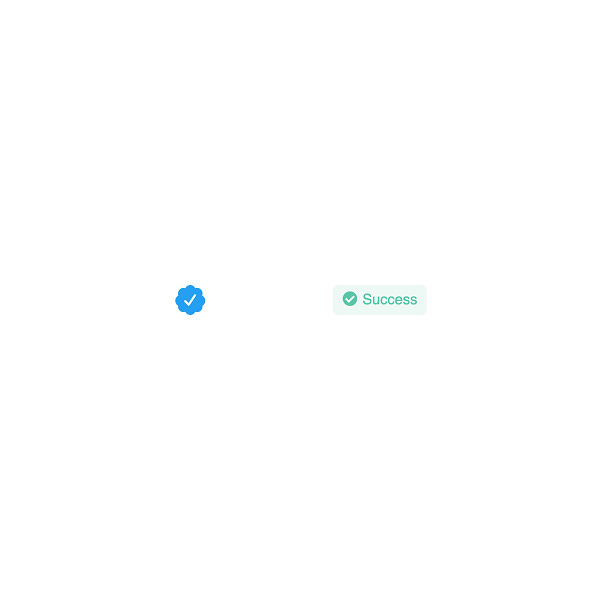One of the crypto ecosystems longest standing mantras is “verify, don’t trust”. Put simply, this mantra states that because a blockchain is a decentralized and open ledger, anyone is able to verify the rules of the network without having to trust anyone else (by running their own full node). This is a key piece in what makes a blockchain different than just any old regular centralized database.
I think Jack’s tweet is a perfect way to visualize “verify, don’t trust” because he’s comparing the Twitter verification badge (something that is centrally controlled) to a transaction ‘Success’ prompt that we’re all used to seeing on Etherscan. Now, of course, by trusting that prompt you are trusting that Etherscan is telling you the truth but the important thing is that you can actually verify this yourself by either running your own full node or checking other sources. This is in stark contrast to the Twitter verification badge where all you can do is trust Twitter’s database - put another way: it’s a hard trust with Twitter whereas it’s a soft trust with Etherscan.
Of course, the Etherscan prompt is just a very simple example of the “verify, don’t trust” mantra. I think the more important examples are the ability to verify things like the total supply of ETH, your own asset holdings, the reserves backing a decentralized stablecoin, and other things like who owns which ENS name. Obviously this also comes with pretty big privacy trade-offs where everyone can view all of your activity on-chain (if they know your address) but this is being rectified with privacy-related technologies such as zero knowledge proofs and mixers.
I think one of the most awesome examples is anyone in the world being able to verify everything about a DeFi app or service because this is not something you can do with traditional finance. For example, you and I are not able to verify if a bank or financial institution is actually solvent for not - we have to rely on the bank or third parties like governments and regulators to tell us and then we have to trust them. In DeFi, we can simply look at the smart contract(s) to verify what’s backing up the protocol and if it’s actually doing what users expect it to be doing. Again, this is very different to the traditional system where you basically have to trust that they’re doing the right thing and that the regulators are enforcing their rules appropriately.
It truly is magical that we have these open, public and transparent ledgers that we can trust due to their decentralized nature. I think this is the real “killer app” that most people overlook and it's what makes things like DeFi a 0 to 1 innovation over its centralized counterparts. I believe that once regulators and governments realise this, they will become a lot more friendly to crypto than they have been in the past.
Have a great weekend everyone,
Anthony Sassano
Enjoyed today’s piece? I send out a fresh one every week day - be sure to subscribe to receive it in your inbox!
Join the Daily Gwei Ecosystem
All information presented above is for educational purposes only and should not be taken as investment advice.






